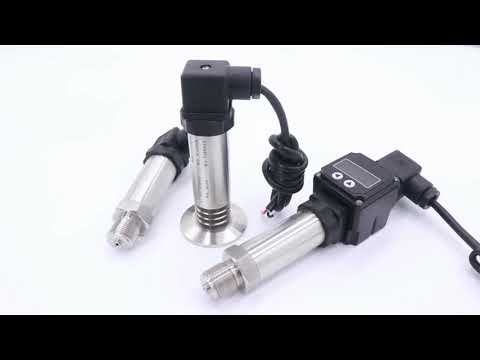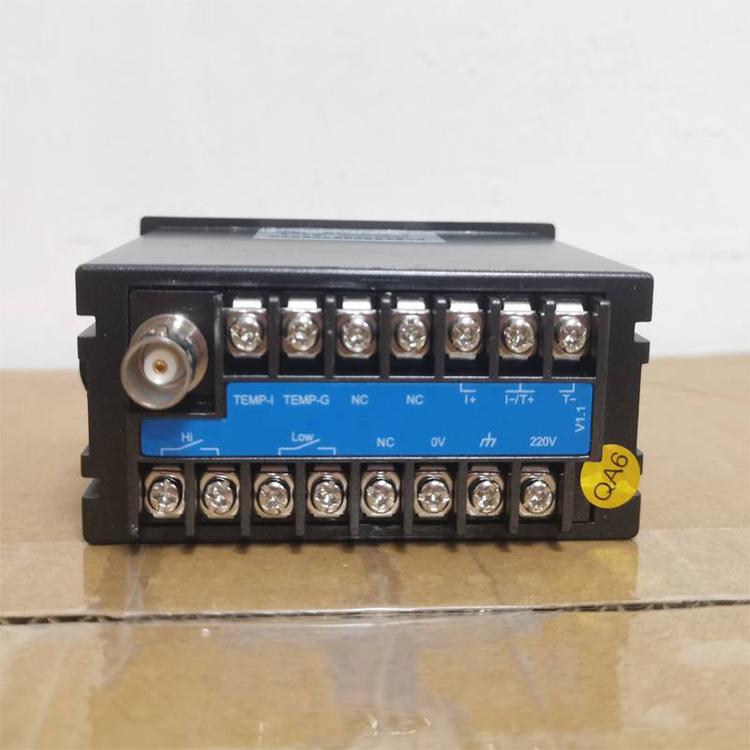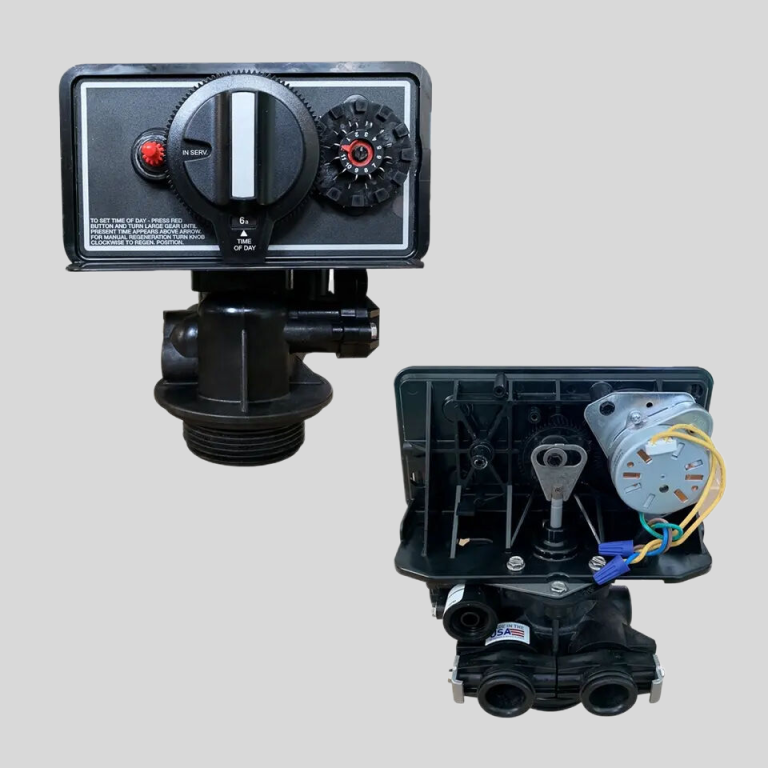Table of Contents
Advantages of Implementing Remote Water Quality Monitoring Systems
Remote water quality monitoring systems have become increasingly popular in recent years due to their numerous advantages. These systems utilize advanced technology to continuously monitor and analyze water quality parameters in real-time, providing valuable data to water management authorities and stakeholders. In this article, we will explore the advantages of implementing remote water quality monitoring systems and how they can benefit both the environment and society as a whole.
One of the key advantages of remote water quality monitoring systems is their ability to provide real-time data on water quality parameters. Traditional water quality monitoring methods often involve manual sampling and laboratory analysis, which can be time-consuming and costly. With remote monitoring systems, data is collected automatically and transmitted wirelessly to a central database, where it can be accessed and analyzed in real-time. This allows for quick detection of water quality issues and timely intervention to prevent potential contamination or pollution.

Another advantage of remote water quality monitoring systems is their ability to cover a wide geographic area. Traditional monitoring methods are often limited to specific sampling points, which may not provide a comprehensive picture of water quality across an entire water body. Remote monitoring systems, on the other hand, can be deployed at multiple locations and provide continuous data on water quality parameters throughout an entire watershed or water body. This comprehensive coverage allows for better understanding of water quality trends and patterns, and enables more effective management of water resources.
Remote water quality monitoring systems also offer the advantage of cost-effectiveness. While the initial investment in setting up a remote monitoring system may be higher than traditional monitoring methods, the long-term cost savings can be significant. By reducing the need for manual sampling and laboratory analysis, remote monitoring systems can lower operational costs and improve efficiency in water quality monitoring. Additionally, the ability to detect water quality issues early and implement timely interventions can help prevent costly clean-up efforts and mitigate potential environmental damage.
Furthermore, remote water quality monitoring systems can improve data accuracy and reliability. Traditional monitoring methods are often subject to human error and variability, which can lead to inaccurate or inconsistent data. Remote monitoring systems, on the other hand, use automated sensors and data loggers to collect data consistently and accurately. This ensures that the data collected is reliable and can be used with confidence for decision-making and policy development.
In conclusion, remote water quality monitoring systems offer numerous advantages that can benefit both the environment and society as a whole. From providing real-time data on water quality parameters to covering a wide geographic area and improving cost-effectiveness, these systems have the potential to revolutionize water quality monitoring and management. By implementing remote monitoring systems, water management authorities and stakeholders can make more informed decisions, protect water resources, and ensure a sustainable future for generations to come.
How Remote Water Quality Monitoring Can Improve Environmental Sustainability
Remote water quality monitoring is a critical tool in the effort to improve environmental sustainability. By utilizing technology to continuously monitor water quality in remote locations, we can better understand the health of our water systems and take proactive measures to protect them. This article will explore the benefits of remote water quality monitoring and how it can contribute to a more sustainable future.
One of the key advantages of remote water quality monitoring is the ability to collect real-time data from hard-to-reach locations. Traditional water quality monitoring methods often rely on manual sampling, which can be time-consuming and costly. By using remote sensors and monitoring systems, we can gather data on water quality parameters such as pH, temperature, dissolved oxygen, and turbidity without the need for frequent site visits.
This continuous monitoring allows us to detect changes in water quality quickly and respond in a timely manner. For example, if a sudden increase in nutrient levels is detected, action can be taken to investigate the source of the pollution and prevent further contamination. This proactive approach can help to protect aquatic ecosystems and ensure the availability of clean water for both human consumption and wildlife.
In addition to providing real-time data, remote water quality monitoring can also help to improve the efficiency of water management practices. By automating the collection and analysis of water quality data, water managers can make more informed decisions about resource allocation and pollution control measures. This can lead to cost savings and more effective use of limited resources.
Furthermore, remote water quality monitoring can help to identify trends and patterns in water quality over time. By analyzing historical data, researchers can gain insights into the long-term health of water systems and track the effectiveness of conservation efforts. This information can inform future decision-making and guide the development of sustainable water management strategies.
| Measuring Method | N,N-Diethyl-1,4-phenylenediamine (DPD) spectrophotometry | |||
| Model | CLA-7122 | CLA-7222 | CLA-7123 | CLA-7223 |
| Inlet water channel | Single channel | Dual channel | Single channel | Dual channel\\u00a0 |
| Measurement range | Total Chlorine : (0.0 \\uff5e 2.0)mg/L ,calculated as Cl2 ; | Total Chlorine : (0.5 \\uff5e10.0)mg/L ,calculated as Cl2 ; | ||
| pH\\uff1a\\uff080-14\\uff09\\uff1btemperature\\uff1a\\uff080-100\\uff09\\u2103 | ||||
| Accuracy | Free chlorine: \\u00b110% or 0.05mg/L (whichever is greater), calculated as Cl2; Total chlorine: \\u00b110% or 0.05mg/L (whichever is greater), calculated as Cl2 | Free chlorine: \\u00b110% or 0.25mg/L (whichever is greater), calculated as Cl2; Total chlorine: \\u00b110% or 0.25mg/L (whichever is greater), calculated as Cl2 | ||
| pH:\\u00b10.1pH\\uff1bTemp.:\\u00b10.5\\u2103 | ||||
| Measurement cycle | Free Chlorine\\u22642.5min | |||
| Sampling interval | The interval (1\\uff5e999) min can be set to any value | |||
| Maintenance cycle | Recommended once a month (see maintenance chapter) | |||
| Environmental | Ventilated and dry room without strong vibration; Suggested room temperature: (15 \\uff5e 28)\\u2103; relative humidity: \\u226485% (no condensation). | |||
| requirements | ||||
| Sample water flow | \\uff08200-400\\uff09 mL/min | |||
| inlet water pressure | \\uff080.1-0.3\\uff09 bar | |||
| Inlet water temperature range | \\uff080-40\\uff09\\u2103 | |||
| Power supply | AC (100-240)V\\uff1b 50/60Hz | |||
| Consumption | 120W | |||
| Power connection | 3-core power cord with plug is connected to the mains socket with ground wire | |||
| Data output | RS232/RS485/\\uff084\\uff5e20\\uff09mA | |||
| Dimension size | H*W*D:\\uff08800*400*200\\uff09mm | |||
Another benefit of remote water quality monitoring is its ability to provide early warning of potential water quality issues. By setting up alerts for specific parameters, such as high levels of contaminants or changes in water flow, monitoring systems can notify water managers of potential problems before they escalate. This proactive approach can help to prevent water crises and minimize the impact of pollution on aquatic ecosystems.
Overall, remote water quality monitoring is a valuable tool for improving environmental sustainability. By providing real-time data, improving efficiency, identifying trends, and providing early warning of potential issues, remote monitoring systems can help to protect water resources and promote the long-term health of aquatic ecosystems. As we continue to face growing challenges related to water quality and availability, remote monitoring technology will play an increasingly important role in ensuring a sustainable future for generations to come.






